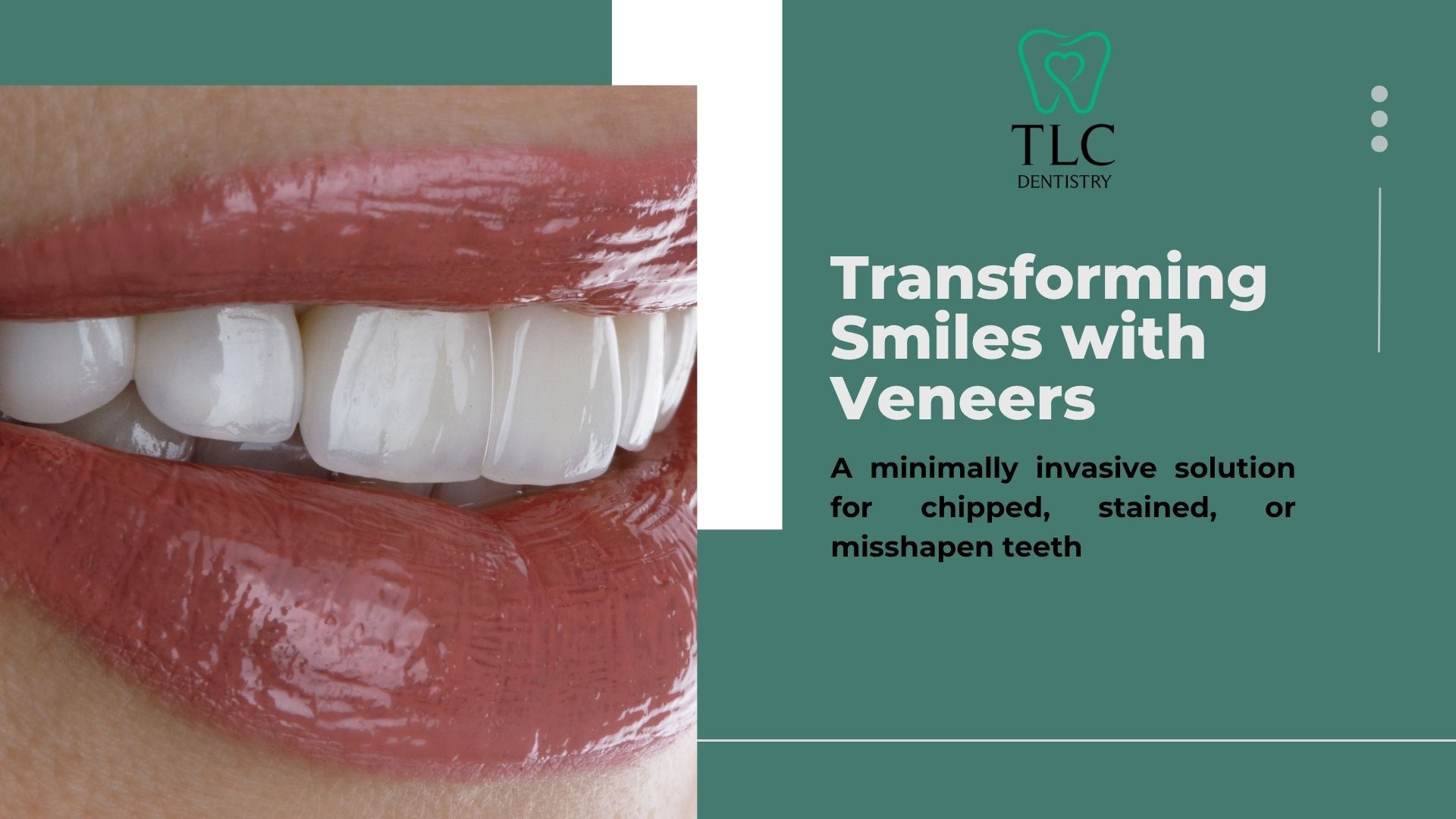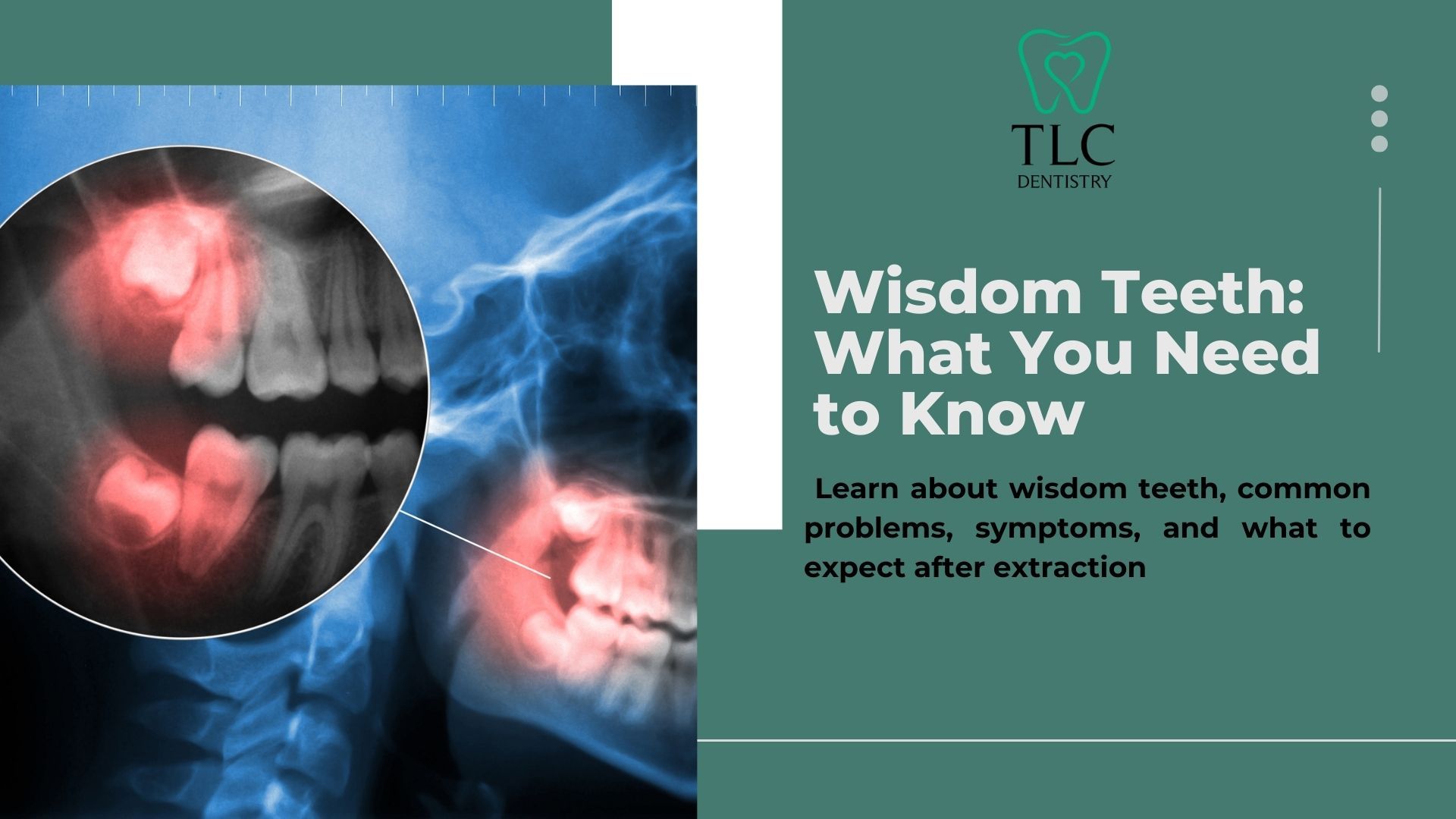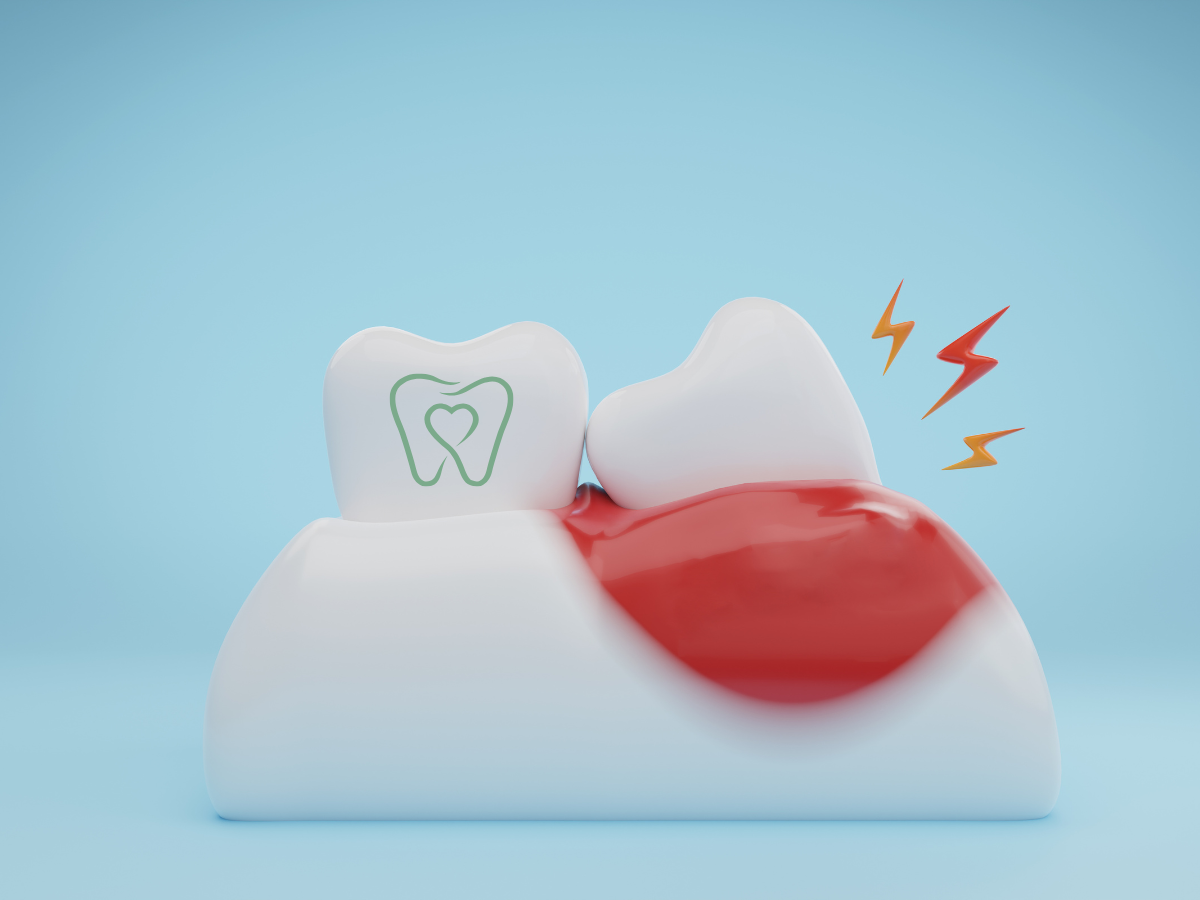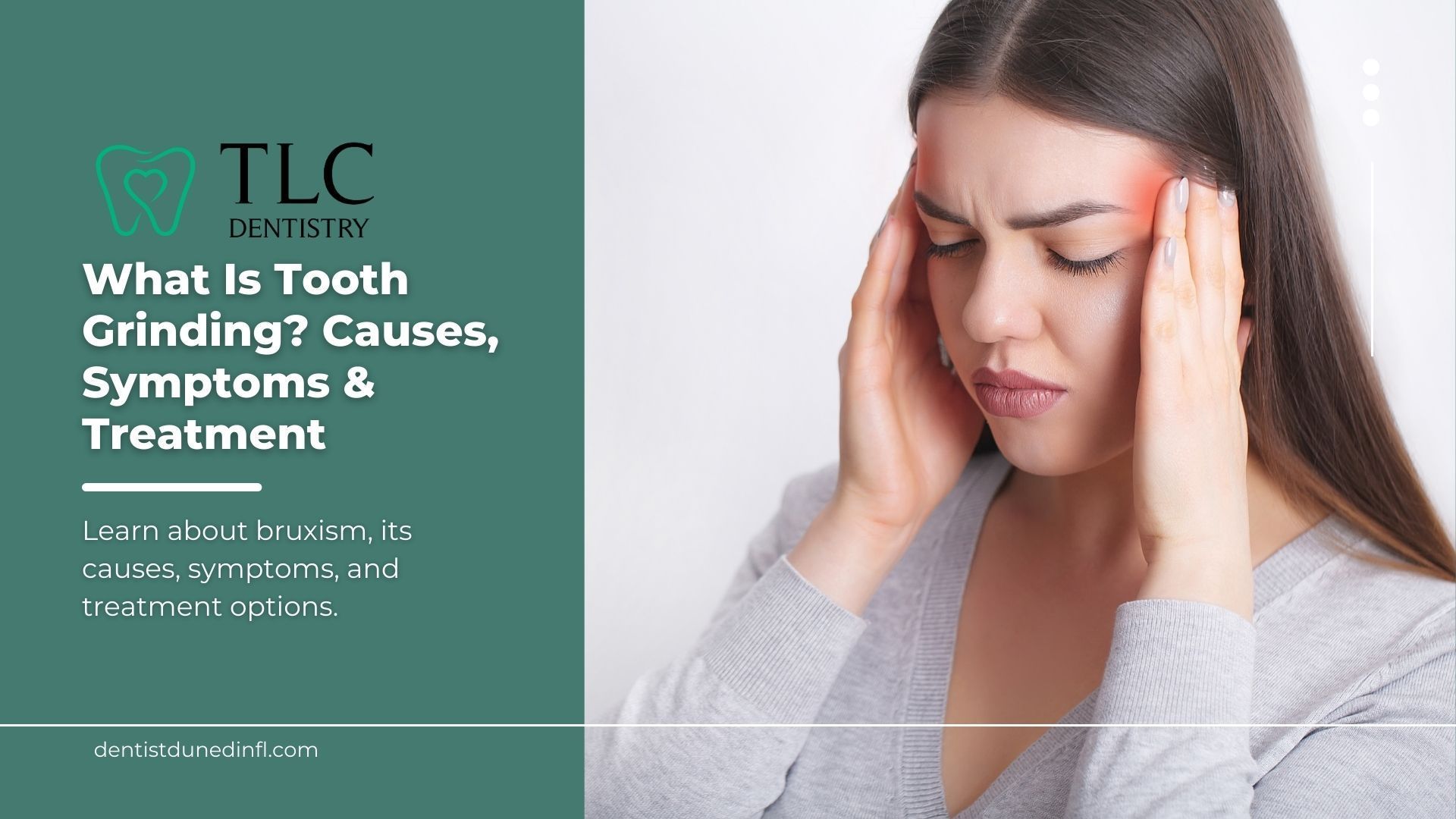How to Relieve Pain After Tooth Extraction
Experiencing pain after a tooth extraction is common and typically part of the healing process. This guide will provide effective strategies for managing post-extraction pain and ensuring a smooth recovery.
Understanding Tooth Extraction Pain
Causes of Post-Extraction Pain
Pain after a tooth extraction is often caused by inflammation and the body’s natural healing response. Common causes include:
- Soreness and Swelling: The extraction site may be tender as tissues repair themselves.
- Dry Socket: This occurs when the blood clot at the extraction site is dislodged, leading to severe pain and delayed healing.
- Infection: In some cases, pain may indicate an infection that requires professional attention.
Normal vs. Abnormal Pain
It’s essential to differentiate between normal and abnormal pain:
- Normal Pain: Should gradually decrease over a few days. Expect some discomfort, swelling, and minor bleeding.
- Abnormal Pain: If pain worsens, persists, or is accompanied by a bad taste or odor, it may indicate a complication that needs medical attention.

When to Seek Professional Help
If you experience severe pain, fever, or excessive bleeding, contact your dentist immediately. These symptoms could signal an infection or other complications. TLC Dentistry advises seeking professional help for any unusual symptoms.
Immediate Steps After Tooth Extraction
1. Bite Down on Gauze
After the procedure, your dentist will place gauze over the extraction site. Bite down firmly to help stop bleeding and keep the gauze in place for about 30 to 45 minutes. If bleeding continues, replace it with a fresh piece.
2. Apply Ice Packs
Use an ice pack on your cheek near the extraction site to reduce swelling and numb the area. Apply the ice pack for 15 minutes on, then 15 minutes off during the first 24 hours.
3. Avoid Strenuous Activity
Rest is crucial. Avoid heavy lifting or intense exercise for at least 24 hours to minimize bleeding and promote healing.
Managing Pain with Medications
Over-the-Counter Pain Relievers
OTC pain relievers like ibuprofen or acetaminophen can effectively manage post-extraction discomfort. Always follow the dosage instructions on the packaging to ensure safe use.
Prescription Medications
Sometimes, your dentist may prescribe medication following an extraction, such as an antibiotic, pain reliever, or medicated mouth rinse. It is important to follow the instructions provided on the prescription carefully. To prevent discomfort, avoid taking prescription medications on an empty stomach.
If a prescription rinse is provided, do not use it until at least 24 hours after the procedure. Additionally, warm salt water rinses can aid in cleaning the area and promoting healing. When rinsing, be sure to do so very gently. Avoid forceful swishing or spitting, as this can disrupt the healing process and dislodge the cells inside the extraction site. Instead, tilt your head gently from side to side and allow the liquid to flow out naturally into the sink without spitting.
Dietary Recommendations Post-Extraction
Foods to Eat
Opt for soft foods that are easy to chew and swallow, such as:
- Applesauce
- Yogurt
- Mashed potatoes
- Smoothies
- Scrambled eggs
These foods are gentle on your healing gums and provide necessary nutrients.
Foods to Avoid
Certain foods can irritate the extraction site and should be avoided:
- Crunchy snacks like chips and nuts
- Spicy foods
- Acidic foods (e.g., citrus fruits)
- Hard foods like candy
- Hot beverages
Staying away from these foods will help prevent pain and complications.
Staying Hydrated
Drink plenty of fluids, especially water, to promote healing. Avoid using straws, as suction can dislodge the blood clot and delay recovery.
Maintaining Oral Hygiene
Brushing and Flossing Tips
It is important to keep your mouth clean to prevent infection and promote healing. Continue to brush and floss your teeth and clean your tongue as normal, but be sure to avoid directly brushing the extraction site to prevent disturbing the blood clot.
Mouth Rinses
Warm salt water rinses may help cleanse the area and promote healing. If you choose to rinse, be sure to do so very gently. Avoid aggressive swishing or spitting, as this may dislodge the healing cells inside the extraction site. Instead, gently move your head from side to side and allow the liquid to pour into the sink, rather than spitting. You may also use an alcohol-free mouth rinse. Be sure not to start mouth rinses until 24 hours after the extraction.
Recognizing Signs of Complications
Dry Socket Symptoms
A dry socket can cause severe pain and may occur a few days post-extraction. Signs include:
- Intense pain
- Visible bone in the socket
- Bad breath or an unpleasant taste
Infection Indicators
Watch for symptoms of infection, such as:
- Increasing swelling
- Pus or discharge
- Fever or chills
Follow-Up Care and Appointments
Importance of Follow-Up Visits
Follow-up visits are essential to monitor your healing progress. These appointments allow your dentist to check for complications and ensure proper recovery.
What to Expect During Follow-Up
During follow-ups, your dentist will:
- Examine the extraction site for signs of infection or dry socket
- Remove stitches if necessary
- Discuss your pain levels and concerns
- Provide additional care instructions
Lifestyle Adjustments for Faster Recovery
Avoiding Smoking and Alcohol
Refrain from smoking and drinking alcohol, as both can hinder healing and increase the risk of complications.
Getting Adequate Rest
For a few days after extraction, ensure you get plenty of sleep and avoid strenuous activities. This will allow your body to focus on healing.
Stress Management Techniques
High stress can impact healing. Practice relaxation techniques like deep breathing or meditation to support your recovery.
Using Dental Services Near You
Finding a reliable dentist is essential for ongoing dental care. Look for a provider that offers comprehensive general dentistry services, like TLC Dentistry, which caters to patients of all ages. Always keep the contact information of your dentist handy for any urgent needs.
Conclusion
Taking care of yourself after a tooth extraction is vital for a smooth recovery. Follow your dentist’s advice, keep the area clean, and use ice packs to reduce swelling. Over-the-counter pain medications can help manage discomfort, but consult your dentist if pain persists or worsens. By adhering to these guidelines, you can facilitate a quicker recovery and return to your normal routine.











